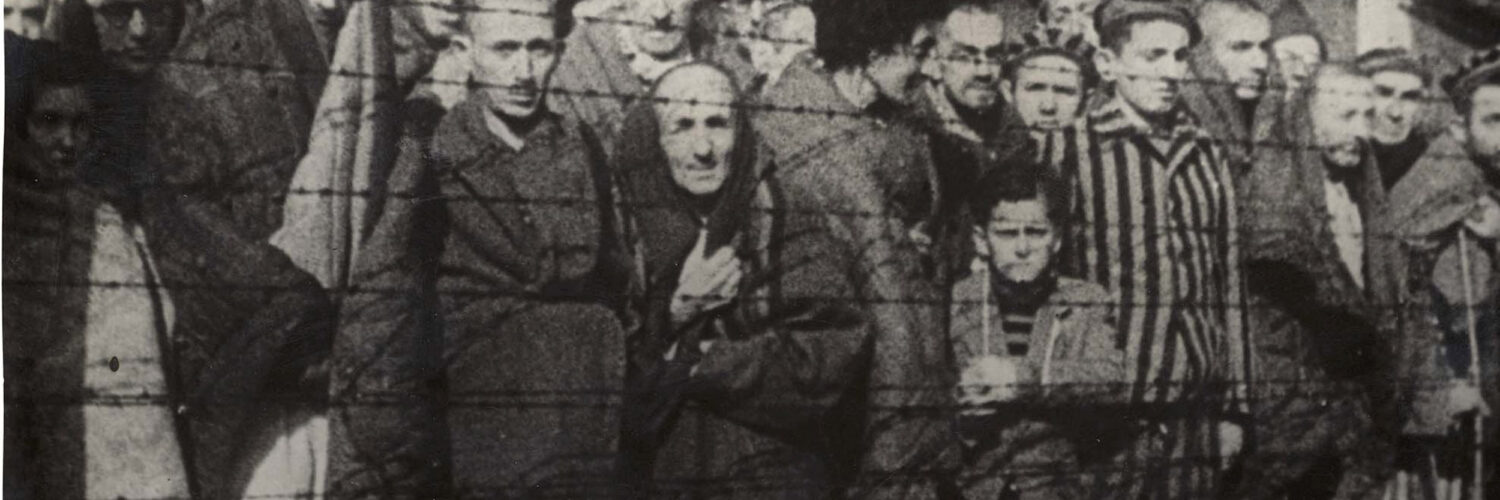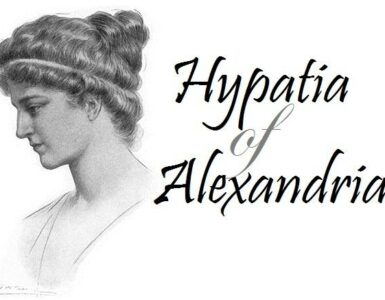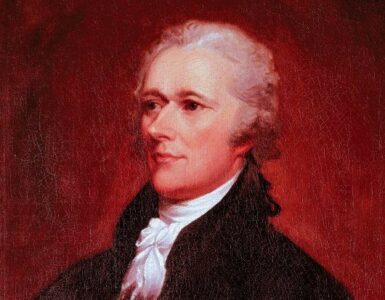Of all the things that would remain in the minds of Germans forever, the persecution and mass killing of European Jews should top the list. A lot happened during the ruling of Adolf Hitler, and so do the consequences of World War II to the Germans and the world at large. As such, you may have heard but not seen what is now commonly known as the Holocaust. However, the effects of the incident remain to torture people mentally. That is why, in this article, we take a quick journey back to what happened during the Holocaust and its aftermath.
Key Facts About the Holocaust
Before looking at the meaning and how the Holocaust happened, here are quick facts about the Holocaust you should know:
- The Holocaust was the state-sponsored persecution and mass killing of six million European Jews, people with disabilities, queer people, and other inferior groups by the Nazis regime during World War II.
- The word “Holocaust” is derived from Greek words “holos” to mean “whole” and “kaustos” to mean “burned”. In Greek, the word is read as “holokauston” which means “sacrifice by fire”.
- Although the major killings were done between 1941 and 1945, the Jewish persecution started in 1933 when Adolf Hitler took the leadership of Nazis in Germany.
- German Jews were stripped of their citizenship, their rights to marry Germans, and excluded from the public on September 15th, 1935 when the Nuremberg Laws were passed.
- The Night of Broken Glass (Kristallnacht) occurred on the night of November 9, 1938, when Nazis pillaged, burned synagogues, broke windows of Jewish-owned businesses, and attacked Jews in Australia and Germany. 30,000 Jews were arrested and sent to concentration camps.
- The Nazi government ordered all the Jewish people, starting in 1939, to wear a yellow Star of David on their clothes. This trick made the Jews be easily identified and targeted.
- The Nazi government constructed over 44,000 incarceration sites that acted as detention, forced labor camps, and killing centers. These sites were independent of any judicial review and had frequent torture, starvation, and mass murders.
- While almost six million Jewish people were killed during the Holocaust, almost a third of them died within three months during the killing campaign Operation Reinhard. Two-thirds of European Jews were killed by the Nazi regime during World War II.
- January 27 is designated as the International Holocaust Remembrance Day by the United Nations and marks the liberation of the Auschwitz-Birkenau death camps in 1945.
- Israel’s parliament (the Knesset) made Yom HaShoah a national holiday in 1953, which occurs on the 27th day of the month of Nisan in the Hebrew calendar, to remember those killed during the Holocaust and recognize the achievements of the survivors and refugees.
The Historical Holocaust and The Nazi Regime
The Holocaust Meaning
It is quite notable that the word Holocaust was not used during the Nazis regime for the first time. The word is derived from two Greek words “holos” (whole) and “kaustos’ (burned) which form the word “holokauston” to mean sacrifice by fire. However, during the Second World War, the word lost its historical meaning and got a new horrible definition.
Between 1941 and 1945, the Holocaust was used to describe the ideological and systematic state-sponsored persecution and mass killing of six million European Jews and other Romans, intellectually disabled., dissidents, and homosexual people by the Nazis regime in Germany. These Jews were seen as an inferior race and alien threat to the German racial purity by the anti-Semitic Nazi leader Adolf Hitler.
When Hitler took the leadership of the Nazis in Germany, his “Final Solution” ideology, which is now known as the Holocaust, came to reality under the influence of World War II. Killing centers were created in the concentration camps of the Poland-occupied areas. Approximately 6 million Jews and other 5 million politicians, ideologists, and targeted races were killed.
The Nazi Regime
Adolf Hitler is not the only man behind Anti-Semitism. Though the Holocaust word traces its root in the 1870s, the hostility towards the Jews was seen even in the ancient world when the Romans destroyed the Jewish temple in Jerusalem, forcing Jews to leave Palestine. Between the 17th and 18th centuries, there was an enlightenment that emphasized religious toleration and in the 19th century, Napoleon and other European leaders passed legislation to end the hostility towards Jews. However, anti-Semitism still existed, and this time took a racial direction rather than a religious one.
Adolf Hitler moved to Germany in 1913 where he served in the German army during World War II before he became heavily involved in German politics. He was appointed as the Chancellor of Germany from 1933 to 1945. However, when the German president Hindenburg died in 1934, Hitler forcefully became the German supreme leader (Führer).
As the brutal leader, he had four main ideas that played against the opposers. These are German-Nationalism, anti-Semitism, anti-Capitalism, and anti-Marxism. These ideas were based on a set of racial scientific principles of “Social Darwinism”. Besides, the Nazi ideology ranked the society in the purity of blood and established a hierarchy where those at the top were the purest while other races like Jews were placed at the bottom as the least relevant.
The Nazi regime enacted ideas based on historical concepts of anti-Semitism, including religious and economic discrimination. This labeled Jews as the enemies of the state and blamed them for the numerous German and European societal problems, including Germany’s defeat in World War I.
During the Holocaust
When Hitler became the German Chancellor, he, with the Nazi party, started passing anti-Jewish laws that discriminated against the Jews, terming them as less important people in society. The idea was originally meant to push Jews to leave Germany, but it turned out to be a challenging move as Jews were asked to surrender their homes, livelihoods, and businesses, but a few had somewhere to go.
On November 9th and 10th, 1938, Nazis moved to direct violence against the Jews when they took the streets of Germany and Australia burning and looting Jewish shops, homes, and synagogues. They also arrested approximately 30,000 Jewish men and sent them to the German concentration camps Dachau and Sachsenhausen. This night was marked as the Night of Broken Glass (Kristallnacht) and gave a global signal that the life of German Jews would never be the same again.
The German army invaded and occupied most of Eastern and Western Europe by 1942, and passed anti-Jewish laws in these countries. These laws led to Jews being removed from the general population and pushed to ghettos where they were murdered by the Einsatzgruppen (Himmler-led death squads that traveled East towards the Russian front).
The Final Solution of the Jewish Question
On January 20th, 1942, SS General Reinhard Heydrich, chief of the Reich Security Main Office, convened the Wannsee conference to discuss the Final Solution of the Jewish Question. The conference was attended by 15 high-ranking Nazis and German officials at a villa in Wannsee.
The “Final Solution of the Jewish Question” was a euphemistic term used to disguise the true killing of the European Jews. The entire operation began in 1942 when mobile gas trucks were used to pump poisonous Carbon Monoxide gas into death camps with intentions to exterminate all 11 million Jews. This operation was used to complement the ongoing shootings.
Holocaust Aftermath
The execution of the Final Solution led to the drastic reduction of the Jewish population. For instance, Germany alone had 505,000 Jews out of the total 67 million population, forming less than 0.75% of the total population. However, by the end of the Holocaust, almost 6 million Jews all over Europe were murdered.
Besides, the Holocaust had lasting wounds to the survivors which have never healed to the present. For example, those who survived the genocide found it nearly impossible to return home as they lost everything and were denounced by their non-Jewish neighbors. Therefore, many refugees, Prisoners of War (POWs), and other displaced people fled across Europe in the late 1940s.





Add comment